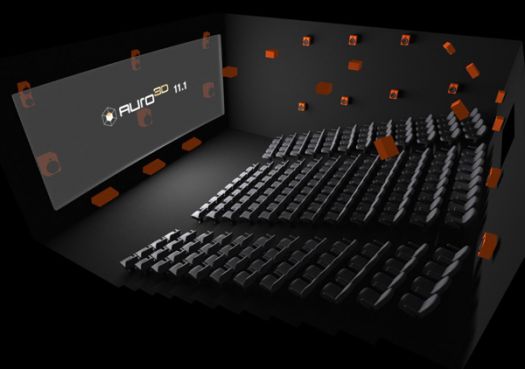
I ’ve continued exploring the Hans Zimmer ‘Sherlock Holmes’ soundtrack described in the previous post. There are a variety of spatial effects—things that add considerable dramatic excitement to the score—that can be “deduced” from exploring the recorded cues with tools like Cubase® or Nuance®. Some deductions are, at best, “educated guesses” based on inspection of the digitized waveforms.
F or example, you can get instruments to sound like they are coming from outside the stereo image by inverting the relative phase angle of a channel. Start with a single channel (say, an explosion in this Sherlock Holmes film). Pan it hard-left. Duplicate the channel, and pan it hard-right. Then invert the phase angle (180 degrees). Now start with the volume on the duplicate at zero, and bring up the level on the duplicate/phase-inverted channel. You now hear the explosion on the left move out wider than it was when panned hard left. Sounds like a paradoxically larger space than what appeared to your eyes.

A dmittedly, some of these “film” spatial sonic effects might only be implemented in live chamber music performance by the likes of Maya Beizer or Tod Machover, or other devoted electroacoustic artists. But the prospect of producing (and hearing) live ‘augmented reality’ through DAW processing and sound reinforcement becomes more appealing/exciting the more we understand how it works, even for artists who are today squarely in the analog/acoustic world.

- AES Technical Council. Multichannel surround sound systems and operations. AESTD-1001.1.01-10.
- van Daele B, van Baelen W. Auro-3D Octopus codec whitepaper. 19-MAY-2011.
- Viers R. The Sound Effects Bible: How to Create and Record Hollywood Style Sound Effects. Wiese, 2008.
- DAW forum at Recording.org
- Nuendo page at Steinberg.net
- Cubase page at Steinberg.net
- Samplitude.com
- ProTools page at Avid.com
- Shirley J. Compleat recording musician - Part 9. Recording Magazine.
No comments:
Post a Comment